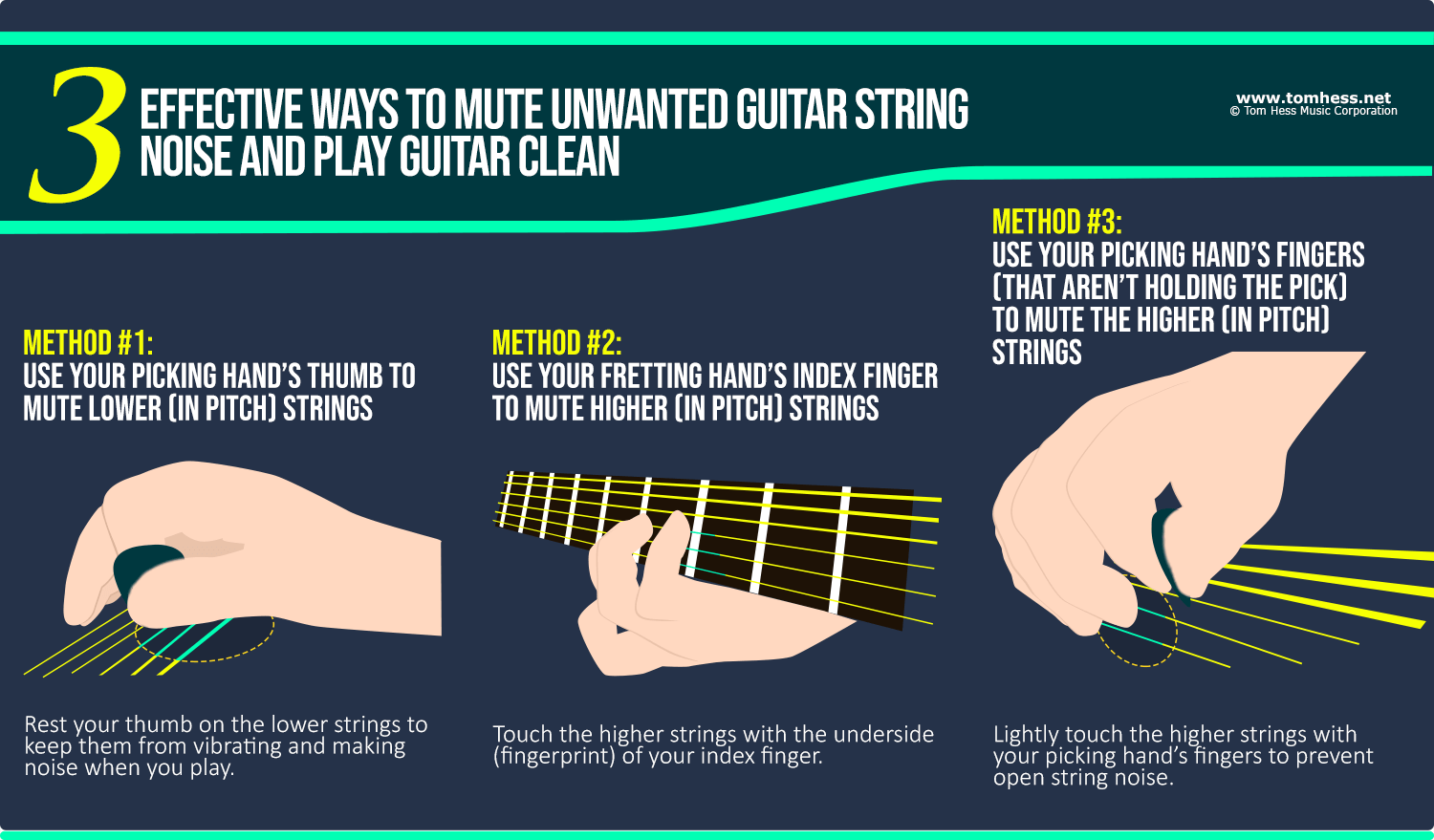Practice These Awesome Blues Lead Guitar Licks And Learn To Play Guitar Like A Pro

EMAIL TO GET ACCESS
By submitting your info, you agree to send it to Tom Hess Music Corporation who will process and use it according to their privacy policy.
In this blues lead guitar lesson...
I’ll help you play guitar like a pro without practicing for hours per day.
How?
First, I'll show you awesome blues lead guitar licks.
(These licks are easy to play and sound great.)
Next...
I’ll teach you awesome guitar phrasing tips that will make all your guitar licks drip with fire and emotion.
And as you’ll soon see...
You can make just about any guitar lick sound pro.
(No matter what notes you are playing).
And you don’t need any special gift or talent to play blues lead guitar with pro-level guitar phrasing.

EMAIL TO GET ACCESS
By submitting your info, you agree to send it to Tom Hess Music Corporation who will process and use it according to their privacy policy.
To begin...
Watch this blues lead guitar video and play along with me as I show you cool (but simple) blues guitar licks...
Now that you know a number of cool blues lead guitar licks, let’s go deeper.
Here is how to musically refine any blues lead guitar lick you learn, so you can master your guitar phrasing and play guitar like a pro:
Guitar Phrasing Tip #1: Master Your String Bends
String bending is critically important to master for blues lead guitar.
Here are the most important elements of string bending to focus on if you want to play guitar like a pro:
1. Accuracy. This means: bending the note in your guitar lick to the exact pitch you want to hear. This is a key part of good guitar phrasing.
If you have a hard time getting the string to reach the pitch you want when playing your guitar licks, try this:
- bend strings in smaller intervals (e.g. half-step string bends vs. whole-step or minor 3rd bends).
- tune your guitar down (to make it easier to get the string to do what your fingers want to do).
- play the note you want to bend up to as an unbent note first to get its sound into your ears.
Then, start to bend the string (slowly) from 1 or 2 frets below.
Stop when you reach the target pitch.
Do this exercise many times until your hands learn the motions of a string bend and your ears get better at spotting when you are (or are not) bending string in tune.
- make sure you are wrapping your fretting hand’s thumb round the neck of the guitar and using the part of the palm where the index finger connects to your wrist as the pivot point.
Your hand should look like this when you are bending strings:

2. Consistency. This refers to being able to bend the string in tune consistently – time after time.
A great way to practice this element of guitar phrasing is to drop your hand by your side between repetitions of your guitar lick.
Then, bring your hand back up, quickly get into position for bending strings, and play your blues lead guitar lick again.
Do this many times to learn to do the string bend correctly.
3. String noise control. To make your blues lead guitar licks sound clean, focus on these techniques:
- thumb muting. Rest your picking hand’s thumb on the lower (thicker) strings and you will easily mute all the noise coming from the strings below the one you are bending.
- muting with your fretting hand index finger. This helps you mute the higher (thinner) strings in your guitar licks and guitar solos.
- muting with your picking hand’s ring finger. This adds another layer of muting on top of the other 2, making your blues lead guitar phrasing sound that much cleaner and more expressive.

4. Creativity. This refers to using expressive string bending variations as you practice your guitar licks to make them more emotional (which is a key part of your ability to play guitar like a pro).
Watch this video to see a few of my favorite (advanced) string bending variations:
Guitar Phrasing Tip #2: Master Vibrato
Vibrato is possibly the single most expressive blues lead guitar technique... and it’s the one element of guitar phrasing you absolutely have to get good at if you want to play guitar like a pro.
Here are the key things to focus on as you practice your vibrato in your blues lead guitar licks and guitar solos:
1. Balance of speed vs. depth. The #1 most common vibrato mistake I see and hear in many blues lead guitar players is: nervous-sounding vibrato.
This happens when vibrato is both fast and narrow.
And this kind of guitar phrasing makes it seem like the guitarist lacks control over the note as he plays the guitar licks.
Here is the general guitar phrasing rule to remember as you practice gaining control over your vibrato:
- the faster your vibrato is, the wider it (generally) ought to be to sound good. Breaking this guideline creates the typical nervous out-of-control sound... which is the opposite of what you want if you desire to play guitar like a pro.
- the slower the vibrato is, the narrower it can be. Wide and slow vibrato sounds like a series of bent notes (as opposed to ‘vibrato’).
This video shows the right and wrong way to practice vibrato in your blues lead guitar licks and guitar solos:
2. Intonation. Each pulse of your vibrato should bend the string up the same distance... and return it back to the original note. Without this, your vibrato will sound out of tune and your blues lead guitar phrasing will sound amateur.
Watch this video to see what this means and how to avoid common vibrato mistakes that make your blues lead guitar soloing sound bad:
3. Variety. Most guitar players apply vibrato to a note instantly. (i.e. the moment they pick the note – we hear vibrato).
And to be clear – there is nothing wrong with this style of guitar phrasing (as long as it follows the 2 blues lead guitar soloing guidelines mentioned earlier).
That said, there are several other ways to apply vibrato that help you play guitar like a pro and make your blues lead guitar phrasing sound more creative.
2 of my favorites include:
- Delayed vibrato – this is where you play a note, hold it out for half a second (or longer) and then apply vibrato. This is very similar to how a singer uses vibrato on vocal melodies.
-Delayed vibrato with re-articulation – this is where you play a note, hold it out and then hit it again – this time applying vibrato immediately. This style of blues lead guitar phrasing is particularly good when you want to add the maximum emotional impact to the note.
Watch this video to see a demonstration of different vibrato variations:
4. Timing. To make your vibrato sound truly great in your guitar licks, practice making the vibrato pulses lock in with the rhythm of the song or backing track you are playing your blues lead guitar solo over. This guitar phrasing video shows how to do it the right way.
Guitar Phrasing Tip #3: Master Blues Lead Guitar Slides
Here are the most important guitar phrasing slide variations to use in your guitar licks (that improve blues lead guitar soloing and enable you to play guitar like a pro).
Ascending slides – this is where you slide from a lower (in pitch) note to a higher (in pitch) note. The main thing to be mindful of here is to control string noise (from the strings around the one you are sliding on).
Descending slides – this is where you slide from a higher (in pitch) note to a lower (in pitch) note. It’s not any harder than the ascending slides... and if you can do one, you almost always can do the other with no problem.
Backslides – this blues lead guitar slide variation is often (wrongly) confused with descending slides. To do a backslide, you play the (starting) note you want to hear in your blues guitar lick... then slide a few frets up (or down) and immediately return back to the starting note.
These 3 elements (when done fast and correctly) sound as ‘one’ guitar phrasing ornament of a single note (not 3 separate notes).
This video shows how to do backslides and make them sound great:
Super slides – this is where you slide up (or down) the guitar by an interval of an octave or more.
The big challenge when doing super slides is: sliding to the correct fret as you make big jumps on the fretboard. The secret to doing this is: looking ahead to the fret you will be sliding ‘to’, a split second before you hand begins to move there.
This makes it far easier to master this slide variation and begin to play guitar like a pro.
Watch this video to see how to do super slides in your blues lead guitar licks:
Re-articulation slides – this is where you play any note you want to hear and then (immediately) slide right into it (from above or below).
For best effect – combine re-articulation slides with aggressive (wide and fast) vibrato.
Guitar Phrasing Tip #4: Master Double Stops
Most blues lead guitar players are familiar with the term double stops...
But many do this guitar phrasing technique in a very limited way.
In most blues lead guitar licks you hear double stops done as ‘unison bends’.
This is where you fret 2 notes (on adjacent strings) that are either a half-step or a whole-step apart and then bend the lowest note until it reaches the same pitch as the highest note (creating a unison between the 2 notes).
As cool as this guitar phrasing element is... it’s far from the pinnacle of what you can achieve with blues lead guitar double stops.
Here are some of my favorite blues lead guitar double stop variations:
Question: “Tom Hess, how can I possibly remember all these double stop variations? Much less – apply them in my blues lead guitar soloing?”
Answer: You don’t need to remember all of them. To improve your guitar phrasing and play guitar like a pro, simply:
1. Practice playing the examples I show (and make them sound great – more on this below).
2. Create your own double stop variations based on my examples. Over time, you’ll build your own repertoire of double stop ideas that’ll become part of your blues lead guitar soloing style. That’s how you truly learn to play guitar like a pro.
Guitar Phrasing Tip #5: Master Put It All Together
One of the best ways to improve your blues lead guitar phrasing is to ‘grade’ your attempts to play your guitar licks.
Like this:
Step 1: Play any of the blues lead guitar licks (or guitar phrasing ideas) you learned in this article.
Step 2: Ask yourself how good it sounded on a scale of 1-10.
Step 3: (If it’s not a 10) Ask yourself what’s missing and how you might be able to make your guitar phrasing better.
Step 4: Repeat your guitar lick once more – trying to improve the phrasing in some way.
Step 5: Repeat steps 2 – 4, until your guitar phrasing is at a ‘10’.
Watch this video for a demonstration of this approach in action:
Now that you know how to play blues lead guitar and master your guitar phrasing, the next step to learning to play guitar like a pro is to improve your fretting hand technique. I show you how in my free eGuide: Mastering Fretting Hand Finger Independence. Download it today and discover the guitar technique secrets most guitarists will never know.


Master your guitar playing with guitar lessons from the best rock guitar tutor online.

